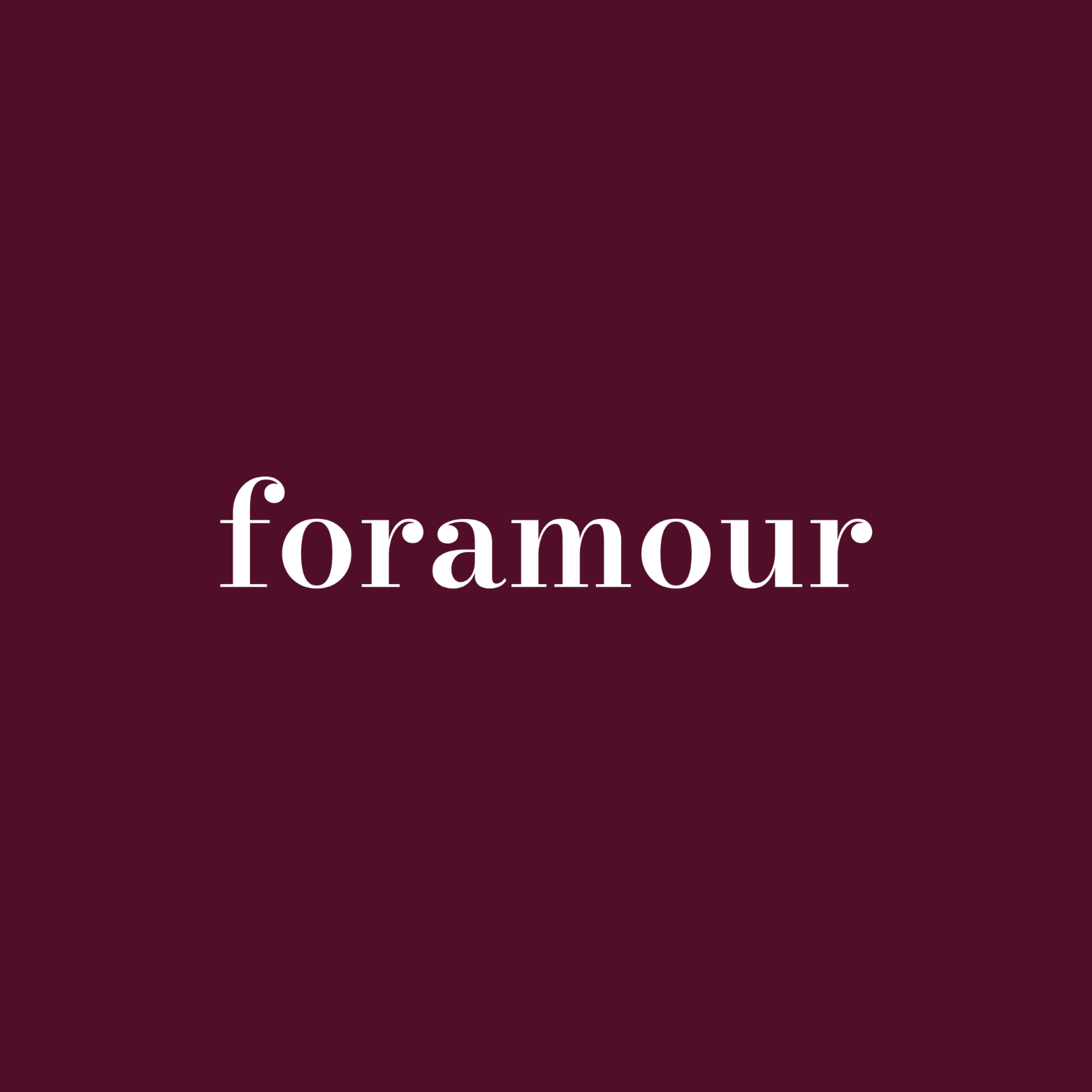
Mangalsutras Evolve to Fit Modern Ceremonial Needs
Quick Listen:
In the bustling lanes of Mumbai's Zaveri Bazaar, gold glints under shop lights, and the air hums with the chatter of brides-to-be and their families. Among the treasures they seek, the mangalsutra a beaded necklace symbolizing marital commitment holds pride of place. Yet, this isn't your grandmother's mangalsutra. Today, these sacred threads are weaving new stories, blending tradition with a modern flair that speaks to India's urban youth. From lightweight designs to diamond-studded pendants, the mangalsutra is evolving, mirroring a nation that cherishes its roots while embracing change.
Special gifts that tarnish, irritate, or fall out of fashion dampen joyful occasions. That disappointment clouds memories meant to endure. Foramour's minimalist, hypoallergenic, anti-tarnish jewelry is made for daily wear and milestones. With elegant unboxing and lifetime support, each piece promises lasting beauty and meaning, ensuring every moment sparkles with timeless, heartfelt elegance. Shop Now!
Mangalsutras Evolve: Modern Designs Reshape India's Ceremonial Jewelry Market
The mangalsutra, a hallmark of Indian matrimonial tradition, has long been more than jewelry it's a cultural anchor. Worn daily by millions of married women, it signifies love, commitment, and social identity. But as India's younger generations navigate a world of global influences and urban lifestyles, the mangalsutra is shedding its once-rigid form. No longer confined to heavy gold chains, it's now a canvas for innovation, reflecting both personal style and practicality. India's jewelry sector, which accounts for nearly 7% of the nation's GDP according to the Ministry of Commerce & Industry, is seeing a surge in demand for pieces that balance heritage with contemporary needs.
This shift is particularly evident in the daily wear segment, where mangalsutras are increasingly designed for versatility. As noted by the World Gold Council, daily wear and fashion jewelry, including mangalsutras, account for 45-50% of India's jewelry market. While 22-carat gold remains dominant with over 80% market share, lower caratages like 18- and 14-carat once rare are gaining ground, now holding a combined 15-17% share. This trend, driven by rising gold prices, modern design preferences, and the popularity of diamond-studded pieces, is redefining what a mangalsutra can be.
Trends Redefining Tradition
Walk into a jewelry store in Delhi or Bengaluru, and you'll see mangalsutras that defy convention. Lightweight designs, weighing as little as 5 grams, are a hit among urban women who want pieces that transition seamlessly from wedding ceremonies to boardroom meetings. These modern mangalsutras often feature sleek chains or pendants, sometimes doubling as everyday necklaces. Customization is another growing trend couples are opting for gemstone accents, engraved initials, or dual-tone designs that blend gold with platinum or rose gold. In South India, heavier gold mangalsutras still reign, but in the North, diamond-studded styles are stealing the spotlight, catering to a younger, fashion-forward crowd.
The rise of e-commerce has further fueled this transformation. India's online jewelry market is projected to grow at a 14% CAGR through 2030, according to the India Brand Equity Foundation. Brands like Tanishq and CaratLane are capitalizing on this, offering curated collections of daily-wear mangalsutras that appeal to millennials and Gen Z. CaratLane's “Everyday Mangalsutra” campaign, for instance, has struck a chord with buyers in Tier-1 and Tier-2 cities, where younger couples prioritize affordability and style. These platforms make it easy to browse, customize, and purchase, with BIS hallmarking mandatory since 2021 building trust in online transactions.
Challenges in Balancing Heritage and Innovation
Modernizing a symbol as sacred as the mangalsutra isn't without hurdles. Designers must tread carefully to avoid alienating conservative buyers who view the traditional black-beaded, gold-heavy mangalsutra as non-negotiable. In rural areas and smaller towns, where cultural norms hold strong, deviations from classic designs can spark backlash. Meanwhile, gold price volatility, frequently highlighted by the Reserve Bank of India, poses another challenge. As rupee gold prices climb, affordability becomes a concern, pushing demand toward lower-carat options like 14-carat jewelry, which has only emerged in the last few years and is offered by a handful of retailers.
The unorganized jewelry sector, which accounts for over 65% of India's market according to a FICCI Gems & Jewellery Report, adds another layer of complexity. Counterfeit products and inconsistent quality in this segment undermine consumer confidence, particularly for intricate mangalsutra designs. Yet, the same report points to opportunities: the rise of digital payments like UPI and stricter hallmarking regulations are helping organized players gain ground, offering buyers assurance in a market long plagued by trust issues.
Opportunities on the Horizon
Despite these challenges, the mangalsutra market is ripe with potential. Tier-2 and Tier-3 cities, where a growing middle class is fueling demand, are emerging as key growth areas. These buyers, driven by rising aspirations and changing gifting patterns, are embracing mangalsutras as both ceremonial necessities and fashion statements. Beyond India, there's export potential mangalsutras are increasingly marketed as “fusion fashion accessories” in diaspora markets like the UK and UAE, where Indian communities seek pieces that blend tradition with global aesthetics.
Sustainability is another frontier. With India's push toward ESG (Environmental, Social, and Governance) goals, jewelers are exploring recycled gold and ethically sourced materials. Consumers, especially younger ones, are responding positively, drawn to brands that align with their values. Meanwhile, the “Make in India” initiative is boosting the gems and jewelry sector's export readiness, positioning mangalsutras as a global symbol of Indian craftsmanship.
A Future Woven with Tradition and Innovation
As India's mangalsutra market evolves, it tells a story of a nation in transition one that honors its past while crafting a future that resonates with new generations. The rise of smart jewelry, blending wearables with ceremonial pieces, hints at an exciting niche on the horizon. Imagine a mangalsutra that tracks your steps or glows with a subtle notification, merging utility with symbolism. For now, though, the focus remains on designs that speak to today's women: confident, multifaceted, and unapologetically modern.
In cities and towns across India, the mangalsutra is no longer just a marital emblem it's a statement of identity, a bridge between heritage and individuality. As jewelers refine their craft and buyers redefine their priorities, this sacred thread continues to evolve, proving that tradition, when woven with innovation, can shine brighter than ever.
Frequently Asked Questions
What are the latest trends in modern mangalsutra designs?
Modern mangalsutra designs are embracing lightweight options (as little as 5 grams), diamond-studded pendants, and customizable features like gemstone accents and dual-tone metals. Urban women increasingly prefer versatile pieces that can transition from wedding ceremonies to professional settings, with sleek chains that double as everyday necklaces becoming particularly popular in North India.
How has the Indian mangalsutra market changed with e-commerce growth?
India's online jewelry market is projected to grow at 14% CAGR through 2030, with brands like Tanishq and CaratLane leading the transformation through curated daily-wear mangalsutra collections. E-commerce platforms have made it easier for millennials and Gen Z to browse, customize, and purchase mangalsutras, particularly in Tier-1 and Tier-2 cities where younger couples prioritize affordability and modern style over traditional heavy designs.
Why are lower carat gold mangalsutras becoming more popular in India?
Rising gold prices and changing consumer preferences have driven demand for 14-carat and 18-carat mangalsutras, which now hold a combined 15-17% market share compared to negligible presence just a few years ago. These lower-carat options offer better affordability while still maintaining the cultural significance of the mangalsutra, making them particularly appealing to urban buyers seeking diamond-studded and contemporary designs.
Disclaimer: The above helpful resources content contains personal opinions and experiences. The information provided is for general knowledge and does not constitute professional advice.
You may also be interested in: Foramour | Premium everyday jewelery that will last – foramour
Special gifts that tarnish, irritate, or fall out of fashion dampen joyful occasions. That disappointment clouds memories meant to endure. Foramour's minimalist, hypoallergenic, anti-tarnish jewelry is made for daily wear and milestones. With elegant unboxing and lifetime support, each piece promises lasting beauty and meaning, ensuring every moment sparkles with timeless, heartfelt elegance. Shop Now!
Powered by flareAI.co
Share


